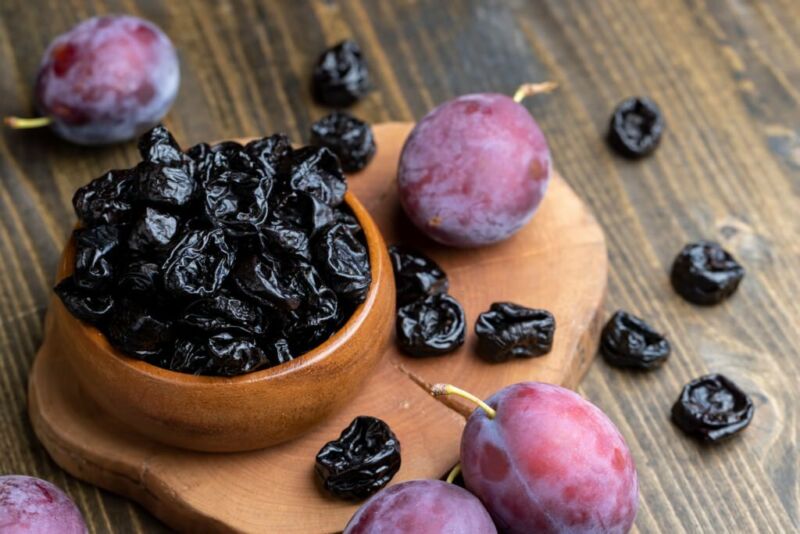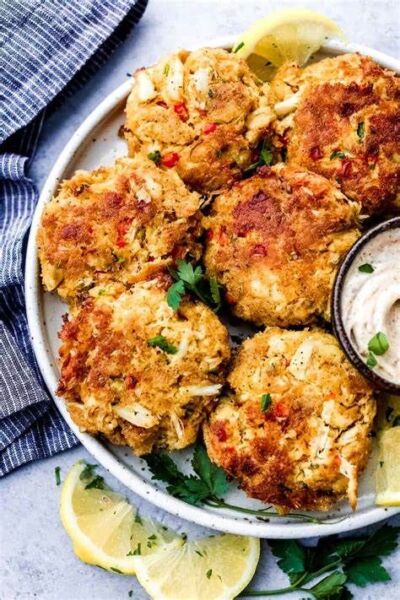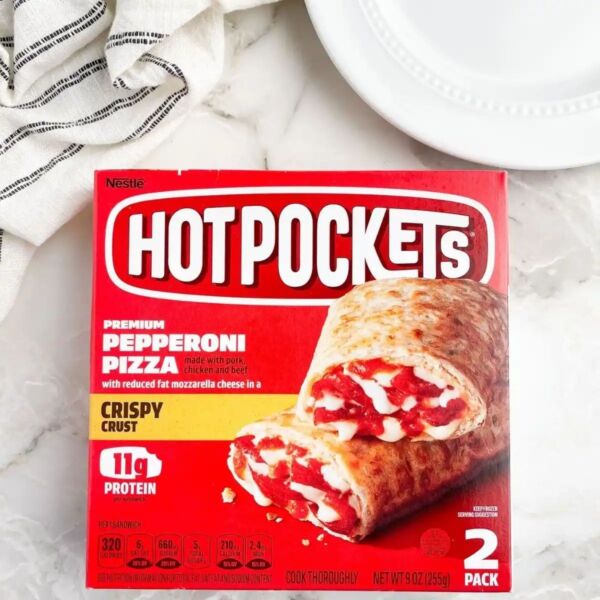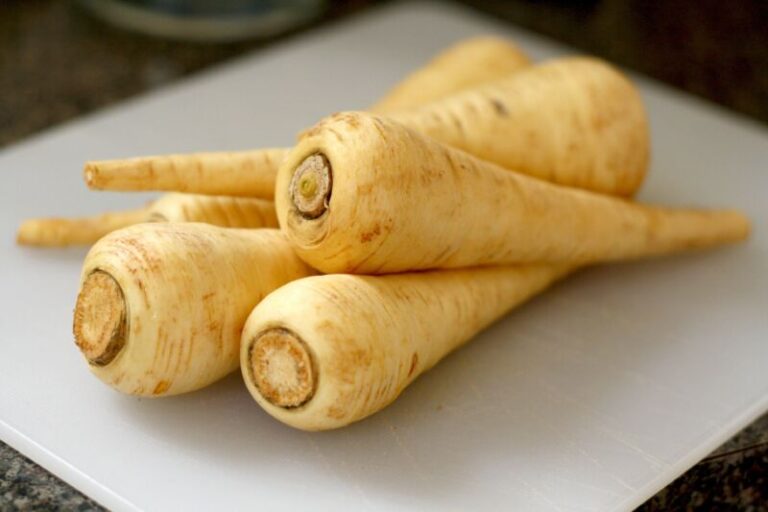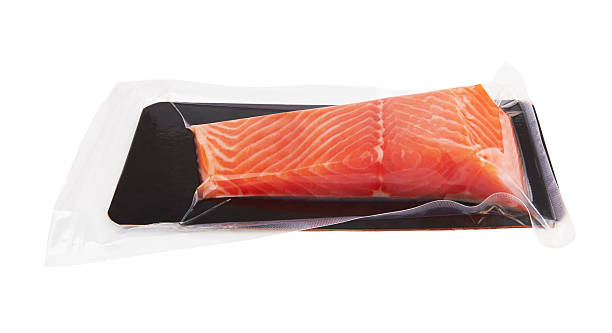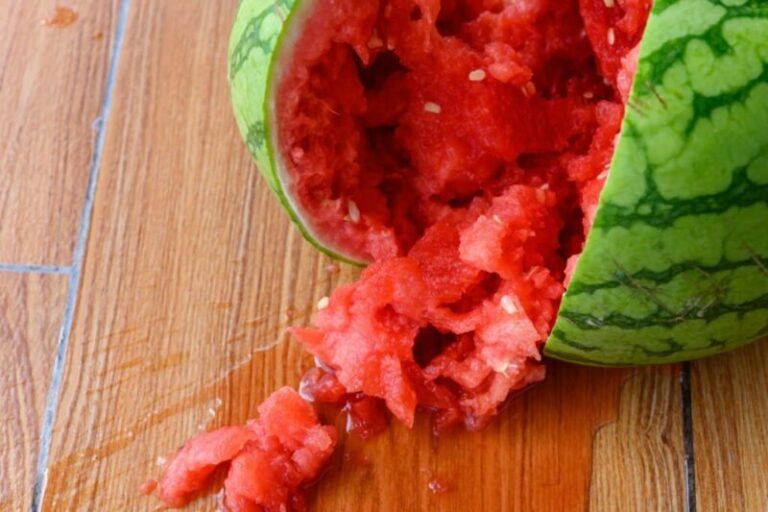How Long Do Prunes Last? Proper Storage and Shelf Life
Prunes are one of my favorite healthy snacks. But like most dried fruits, prunes don’t technically have an expiration date, which often leaves me wondering – how long do prunes last before going bad? Understanding the shelf life of prunes can ensure we maximize freshness and get the most nutritional benefits from this wholesome fruit.
Prunes are dried plums that have had most of their water content removed through the dehydration process. This natural drying concentrates the fruit’s natural sugar content, giving prunes their characteristic deep, sweet flavor and sticky, chewy texture when fresh. It also allows prunes to be preserved and stored without spoiling for much longer than fresh plums.
The Many Health Benefits of Prunes
So why snack on prunes in the first place? Prunes are highly nutritious, with an impressive nutrient profile. Just a small handful of prunes (about 1⁄4 cup) provides:
- 6 grams of dietary fiber – promoting healthy digestion and gut health. The fiber in prunes is mostly insoluble, which adds bulk to stool and may help prevent constipation.
- 20% DV vitamin K – an essential nutrient for proper blood clotting.
- 15% DV potassium – helping regulate fluid balance, blood pressure, and muscle contractions.
- 7% DV vitamin A – supporting eye health and immune function.
- Phytonutrients and antioxidants like phenols and neochlorogenic acid, which reduce inflammation and oxidative stress.
No wonder prunes have been prized for their medicinal benefits since ancient times! Their unique sweet taste and sticky texture also makes them a delightful healthy treat.
Shelf Life of Prunes: Unopened vs. Opened Packages
Now let’s get into the details on prune freshness. How long do prunes last unopened versus opened?
Unopened packages of prunes have a remarkably long shelf life. As long as they are stored properly in a cool, dark pantry, unopened prunes can last for:
- 1 to 2 years past the “best by” date. Since prunes are dried, manufacturers recommended shelf life is extremely long even after opening.
However, once the package is opened, prunes are exposed to oxygen and moisture that shortens their shelf life. The shelf life of opened prunes is:
- 6 months at room temperature
- 1 year in the refrigerator
- 18-24 months in the freezer
Let’s look closely at how to store prunes in each case.
Storing Unopened Prunes Properly
Getting the maximum shelf life out of your prunes starts with proper storage. Here are tips for keeping unopened prunes fresh as long as possible:
- Leave prunes in their original packaging – this prevents exposure to air, light, and moisture.
- Store in a cool, dark pantry or cupboard – heat and sunlight degrade nutrients and quality over time.
- Avoid humid areas – moisture causes prunes to become sticky or moldy.
With proper storage, most unopened prunes maintain peak flavor and texture for about 1 year past the printed “best by” date. High-quality brands in airtight packaging may stay fresh even longer – up to 2 years.
Of course, older prunes may start to lose some moisture and plumpness the longer they sit on the shelf. But they remain nutritious and perfectly safe to eat. Always inspect prunes before consuming and discard any with signs of spoilage.
Maximizing the Shelf Life of Opened Prunes
Once opened, prunes have a shorter shelf life since they are exposed to air and humidity. Here’s how to make opened prunes last as long as possible:
- Transfer prunes to an airtight container – glass, plastic, or freezer-safe work best. This prevents moisture loss.
- Store in a cool, dark place – the refrigerator is ideal, providing an ambient temperature.
- Limit oxygen exposure – fold over bag closures before sealing or press out excess air from containers.
Stored properly, opened prunes keep well for 3 to 6 months at room temperature and 6 months to 1 year refrigerated.
For maximum longevity, freezing is ideal. Frozen prunes remain safe to eat for 1 to 2 years. Prior to freezing, portion prunes into bags or containers to avoid repeatedly thawing the full package.
Recognizing When Prunes Have Spoiled
Prunes getting old doesn’t necessarily mean they’ve gone bad. But there are signs to watch out for:
- Mold – white or fuzzy blotches indicate prunes have spoiled from moisture. Discard moldy prunes.
- Shriveling – prunes drying out and becoming hard or brittle have lost quality.
- Fermented odors – an unpleasant sour, acidic smell means prunes have spoiled.
- Texture changes – very soft or mushy prunes should be discarded.
- Taste – prunes that taste noticeably bland or bad should not be eaten.
Discard any prunes exhibiting signs of spoilage, as they can cause digestive upset if consumed.
When stored properly, most prunes stay fresh for many months past the “best by” date. But improper storage accelerates spoilage. The key is limiting light, airflow, humidity, and warmth to extend shelf life after opening.
Getting the Most Out of Your Prunes
Here are some of my favorite ways to use up prunes before they go bad:
- Add to oatmeal or yogurt for an extra nutrition and fiber kick
- Bake into muffins, cakes, or breads for sweetness and moisture
- Puree into smoothies or blend with juice for homemade prune juice
- Chop and add to salads for a sweet contrast
- Portion into snack-size bags for healthy on-the-go energy
I always try to finish opened prunes within 6 months for best quality. Refrigerating unused portions stops the clock on prune freshness.
The rich flavor and chewy texture of prunes complement both sweet and savory dishes. So get creative with recipes to use them up before any signs of spoilage.
No matter what your prune preferences – eating them as is, baking with them, or making prune juice – proper storage is key to enjoying their benefits and flavor. Follow these tips on how long prunes last, and you’ll be able to keep this healthy fruit on hand for whenever you need an energy boost or dose of nutrients.
